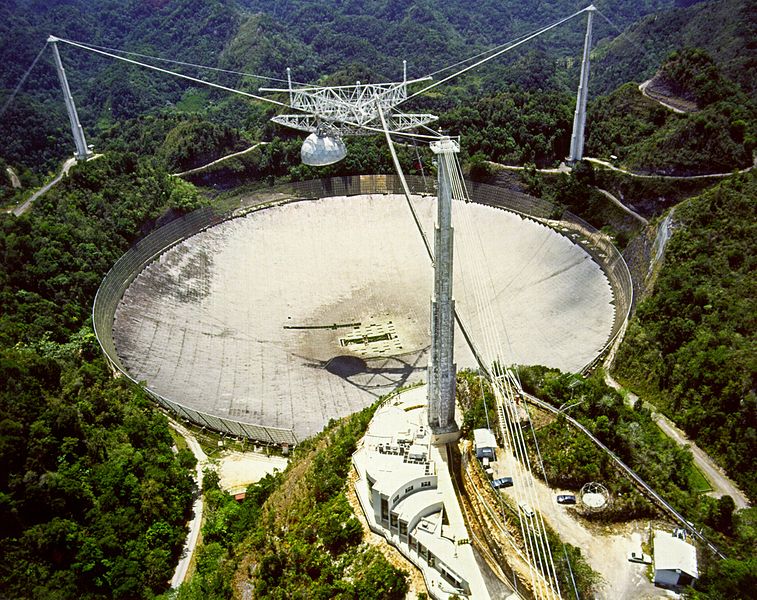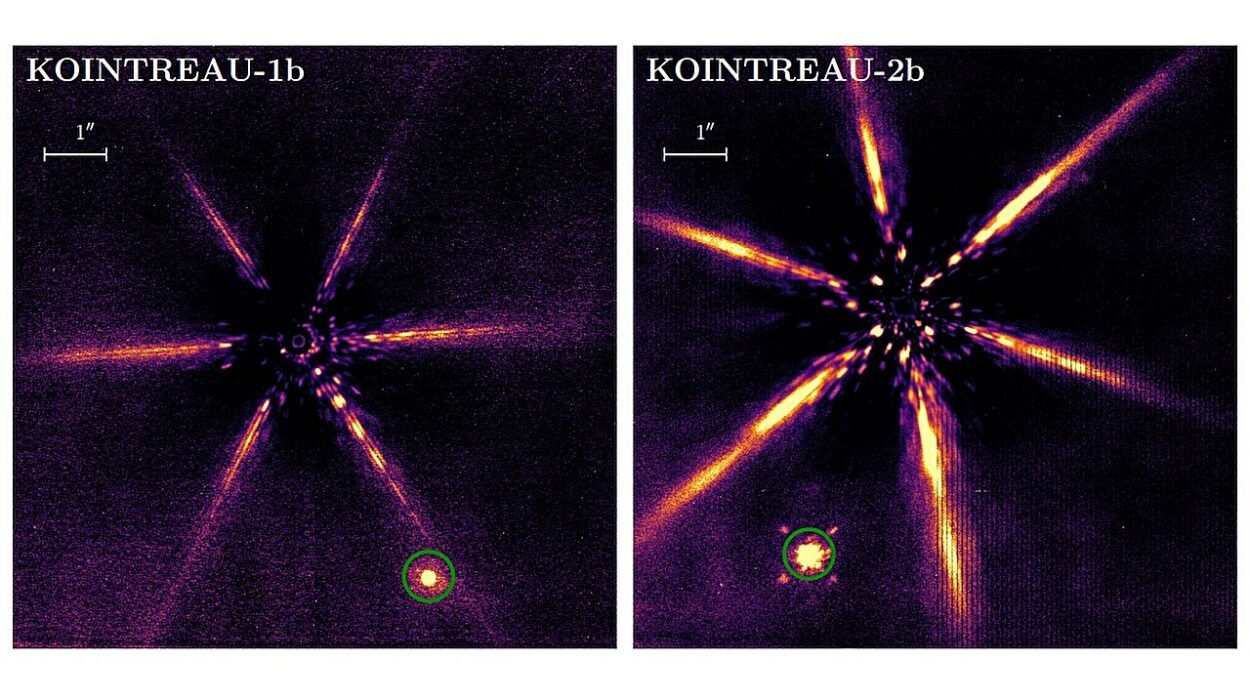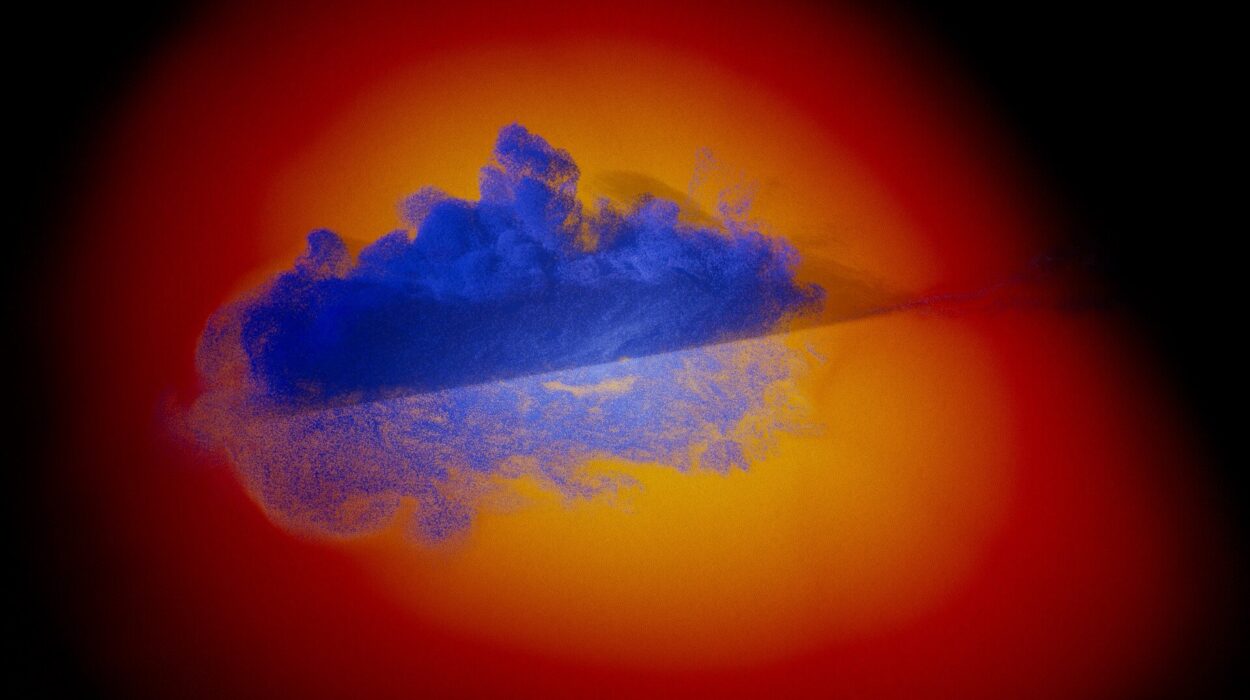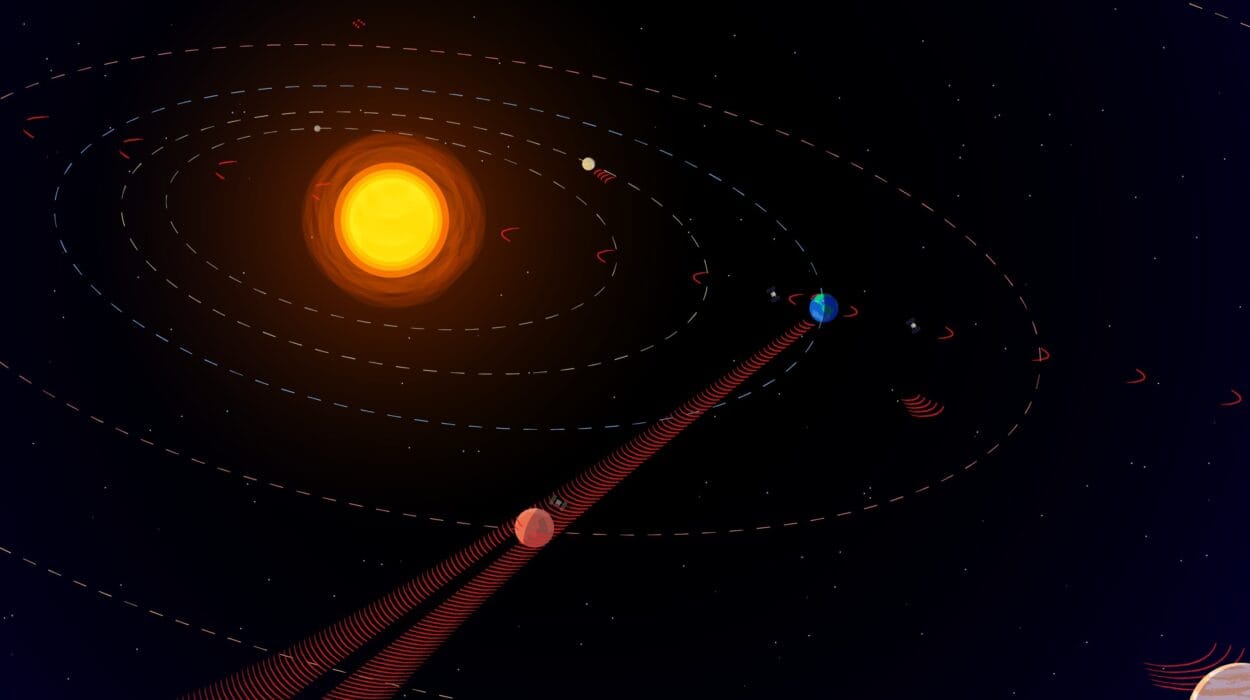We stare at the stars and ask the oldest question in human history: Are we alone? For thousands of years, philosophers, priests, poets, and scientists have pondered this question with equal parts awe and urgency. The night sky teases us with its endless stars, each a possible home to worlds unseen, civilizations unknown.
In the modern era, this question has evolved into a rigorous scientific endeavor—The Search for Extraterrestrial Intelligence, or SETI. Armed with telescopes, algorithms, satellites, and decades of data, scientists today are not only looking at the stars but listening to them, waiting for a signal—any signal—that might whisper back across the cosmic void.
But SETI is more than just the hunt for little green men. It is the grandest, most humbling scientific quest: a search for others like us across the black oceans of space. It’s about understanding what it means to be intelligent, to be alive, and to be part of something larger than Earth.
This is the story of SETI—its origins, its challenges, its breakthroughs, its critics, and its enduring hope that somewhere, out there, someone is listening too.
A New Scientific Discipline
The term “SETI” was coined in the 1960s, but the concept predates the acronym. Long before the invention of the radio, early thinkers wondered about life beyond Earth. Ancient Greek philosophers like Epicurus and Democritus speculated that other worlds, populated by other beings, must exist.
But it wasn’t until the 20th century, with the dawn of radio astronomy and space exploration, that the idea of actually detecting intelligent life elsewhere in the universe became more than philosophical speculation—it became science.
In 1960, a radio astronomer named Frank Drake launched Project Ozma, the first modern SETI experiment. Using the Green Bank Radio Telescope in West Virginia, Drake pointed the dish toward two nearby Sun-like stars—Tau Ceti and Epsilon Eridani—and listened for any signs of artificial radio signals. The project didn’t detect any alien transmissions, but it was a turning point. For the first time, humans were deliberately trying to contact other intelligent species.
Drake would go on to formulate what became the foundational thought experiment of SETI: the Drake Equation.
The Drake Equation: Quantifying the Unknown
The Drake Equation, presented in 1961, attempts to estimate the number of active, communicative extraterrestrial civilizations in the Milky Way galaxy. It’s not a formula that gives a concrete answer, but a framework for discussion. The equation goes:
N = R* × fₚ × nₑ × fₗ × fᵢ × f𝚌 × L
Where:
- N is the number of civilizations we might communicate with
- R* is the rate of star formation
- fₚ is the fraction of those stars with planetary systems
- nₑ is the number of planets, per system, with an environment suitable for life
- fₗ is the fraction of suitable planets where life actually appears
- fᵢ is the fraction of life-bearing planets where intelligent life evolves
- f𝚌 is the fraction of civilizations that develop detectable technologies
- L is the average length of time such civilizations release detectable signals
Each term reflects a different layer of complexity and mystery. While astronomy has helped us constrain some of the early variables (like R* and fₚ), the biological and sociological factors—such as fᵢ, f𝚌, and L—remain unknown.
Still, the equation frames the SETI search. Even if only a tiny fraction of stars host intelligent civilizations, the sheer number of stars—over 100 billion in the Milky Way alone—means the odds may still favor many intelligent life forms.
The Tools of SETI: How We Listen
SETI’s most iconic image is the massive radio dish scanning the stars. This isn’t fiction. Radio telescopes remain one of the primary tools in the search.
Why radio? Because radio waves can travel vast distances across space without being easily absorbed or scattered. They are cheap to produce, energetically efficient, and can be distinguished from natural cosmic background noise.
SETI projects use powerful radio telescopes like:
- The Allen Telescope Array (ATA) in California, operated by the SETI Institute
- FAST in China, the world’s largest radio telescope
- Green Bank Telescope in West Virginia
- LOFAR in Europe
These instruments scan thousands of stars, listening across a wide range of frequencies, hoping to catch a narrow-band signal—something that nature doesn’t usually produce.
More recently, optical SETI has emerged—searching for flashes of light, like powerful laser pulses, that an advanced civilization might use to communicate.
The WOW! Signal: A Mysterious Clue
In August 1977, a radio telescope at Ohio State University picked up a strange signal. It was loud, brief, and narrow-band—exactly the kind of thing SETI astronomers look for.
The signal, which lasted 72 seconds, was so remarkable that astronomer Jerry Ehman circled it on the computer printout and wrote “WOW!” next to it. Thus, the WOW! Signal entered SETI lore.
Despite numerous follow-up attempts, the WOW! signal was never observed again. Its origin remains unexplained. Was it an alien transmission? A secret military satellite? A rare natural phenomenon?
We may never know. But the WOW! signal is SETI’s most tantalizing mystery—a haunting reminder that the universe still holds secrets beyond our grasp.
The Fermi Paradox: Where Is Everybody?
Given the vast number of stars and the likelihood of habitable planets, the question naturally arises: If intelligent life is common, why haven’t we found it? This is the essence of the Fermi Paradox, named after physicist Enrico Fermi, who famously asked, “Where is everybody?”
Many possible answers have been proposed:
- We’re Alone – Life might be incredibly rare.
- We’re Early – Maybe intelligent life typically evolves much later in a planet’s history.
- They’re Avoiding Us – Advanced civilizations might choose not to reveal themselves.
- They’re Too Alien – We might not recognize their signals.
- They’re Using Different Tech – Maybe they’ve moved beyond radio.
- They’re Extinct – Civilizations might destroy themselves before we can detect them.
- They’re Here, But Undetected – Think UFOs or alien probes.
The Fermi Paradox doesn’t disprove extraterrestrial life—but it does challenge us to think more deeply about our assumptions, technologies, and expectations.
The SETI Institute and Global Collaboration
The heart of modern SETI research lies with the SETI Institute, a nonprofit organization founded in 1984. Based in Mountain View, California, it coordinates research, education, and outreach on the search for life in the universe.
SETI isn’t just a single project—it’s a network of initiatives across disciplines: biology, chemistry, astronomy, computer science, and engineering.
Projects like Breakthrough Listen, launched in 2015 with $100 million in funding, represent the largest and most comprehensive SETI effort in history. Breakthrough Listen scans millions of stars, covering ten times more sky than previous efforts and listening across a wider spectrum.
SETI efforts also involve citizen scientists. Platforms like SETI@home (active until 2020) allowed people to donate their computer’s idle processing power to help analyze SETI data—a crowdsourced approach to the biggest question ever asked.
Criticisms and Controversies
SETI is not without its critics.
Some argue that the search is a waste of resources—money, time, and talent that could be spent on more “practical” science. Others question the assumptions behind SETI, like the idea that alien life would use radio or want to communicate at all.
The field also faces a major statistical challenge: we’ve found nothing so far. That’s not evidence of absence, but after decades of searching, some scientists grow skeptical.
Then there’s METI—Messaging Extraterrestrial Intelligence. Should we actively send messages into space, announcing our presence to the cosmos? Or is that too risky?
Figures like Stephen Hawking warned against METI, suggesting that broadcasting our location might attract unwanted attention—comparing it to shouting into a jungle without knowing what predators might be listening.
Others argue that Earth is already “leaking” plenty of signals—radio, TV, radar—that could be detectable by advanced civilizations. The genie is already out of the bottle.
SETI and the Future of AI
Artificial intelligence is becoming increasingly vital in SETI. With terabytes of data streaming in from modern telescopes, AI helps sort signal from noise, identifying promising patterns that might be overlooked by human analysts.
Future SETI searches may even rely on AI systems trained to recognize not just narrow-band radio signals, but more complex, structured data—patterns that might indicate artificial origins.
There’s also speculation that alien civilizations might use AI probes rather than broadcasting signals. These probes could be waiting in our solar system right now, undetectable by current technology.
If AI becomes our interface with alien intelligence, the question arises: Will we even recognize it? Will our AI meet theirs before we do?
The Philosophical Stakes
SETI isn’t just about science—it’s about philosophy.
If we find intelligent life elsewhere, it would be the most profound discovery in human history. It would reshape our understanding of life, intelligence, consciousness, and our place in the universe.
Religion, philosophy, ethics, and geopolitics would all be affected. Questions would arise about communication, cooperation, colonization, and competition.
Would the discovery unite humanity—or divide it further?
And if we don’t find anyone—if we are truly alone—then Earth becomes even more precious, a unique oasis of life in an otherwise empty cosmos.
In either case, SETI forces us to think about the big picture. It’s the ultimate existential inquiry.
SETI and the Human Spirit
SETI is as much about who we are as it is about who might be out there. It reflects our curiosity, our hope, our yearning to connect.
We search not just because we think someone might be listening—but because the act of searching is what makes us human.
SETI reminds us that we are not just passengers on Earth. We are part of a galaxy, a universe, a story that began 13.8 billion years ago and continues to unfold.
And perhaps, somewhere in the great silence, another intelligence is staring up at their night sky, wondering if anyone else is out there—wondering about us.






